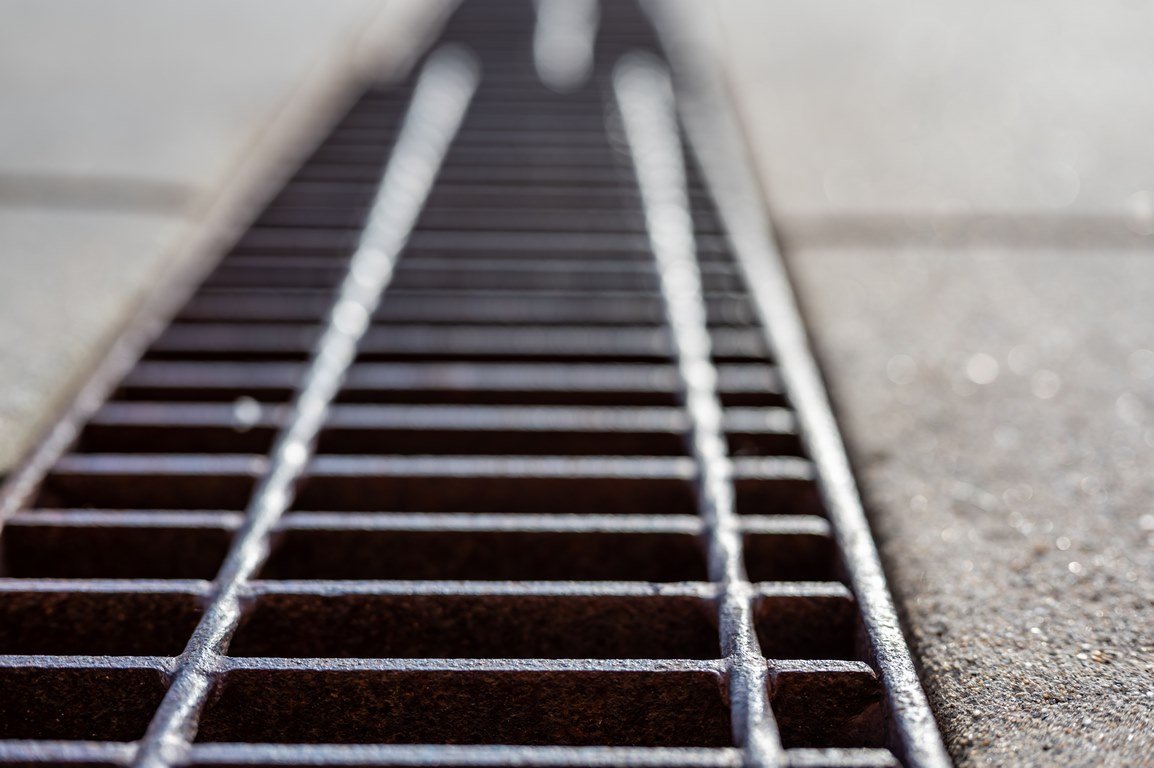Table of Contents Show
Imagine you’re in your car and driving along a street. How many pipes and downspouts would you find? Quite a few, probably. In modern society, stormwater drainage systems are essential.
They can be seen anywhere from the edges of streets to parking lot curbs. They fulfill an important role, despite the fact that many people frequently overlook them.

Understanding Drainage System
Drainage refers to the system that collects and removes water from an area’s surface or subsurface.
The term ‘drainage system’ refers to the network of pipes installed underground or above ground to transport rainwater, wastewater, and other liquid waste from a building or public space to an appropriate treatment facility.
The primary function of a building’s drainage system is to systematically collect and remove waste matter for the sake of public health and safety.
Excess water from development has drainage systems to collect and move away. Water from various sources, such as rain, rivers, and streams, may be included here.
It’s possible for stormwater and sewer drainage systems to be completely separate, but it’s more common for them to share the same underground system.
It’s preferable to have separate drainage systems because stormwater runoff isn’t usually harmful enough to require treatment.
This water can be discharged into aquatic environments. On the other hand, human and industrial waste-polluted water is harmful. Thus, before being released into bodies of water, they must undergo primary treatment.
Read Also:
Importance of Stormwater Drainage System
Public safety demands that storm drainage systems be installed. If you own a house or a business in the private sector, you’re responsible for maintaining the condition of any stormwater facilities on your property. Click here for more resources and advice on managing stormwater.
The following are some reasons why installing a reliable and effective stormwater drainage system is important.
1. It Helps Reduce Pollution
Water flows across all surfaces when it rains, including roofs, sidewalks, driveways, pavements, parking lots, and fields. It can pick up oil, pesticides, metals, chemicals, soil, and more as it flows. This polluted stormwater flows into the storm system, draining into the waterways.
Pollutants in the water supply pose a threat to human health, as well as that of aquatic organisms and wildlife. There should be a drainage system in place to direct stormwater to the nearest streams or rivers, regardless of where you reside.
2. It Reduces Flood Risks
The parts that make up a storm drainage system work together to create an effective system that can channel large amounts of stormwater into bodies of water. With this system, flooding is much less likely, and traffic may continue to flow smoothly, even on heavily traveled highways.
Flooded roadways pose numerous dangers to vehicles and might result in car accidents. Experts in stormwater drainage can help prevent these disasters by ensuring that storm drain systems are designed and installed correctly.
3. It Protects Property
The risk of costly property damage arises when an excessive stormwater overflow is not effectively drained. An effective drainage system gets rid of all the excess water without making the drainage design inconvenient in any way.
In a densely populated location, for instance, it would be inappropriate to have open drains that flow through the areas.
How You Can Help
Moving water and reducing pollutants are only two of the many benefits provided by storm drainage systems.
These systems, however, can only do so much. The entire community should pitch in to reduce stormwater runoff and the pollutants that go down the drain. Here are some of the things anyone can do:
- Clean up any debris that may have found its way into a storm drain. Leaves and grass clippings should not be raked and dumped into drainage channels.
- Maintain easy access in case any maintenance or repairs are required.
- Don’t throw waste, used motor oil, paint, chemicals, or other contaminants into a storm drain.
- Avoid applying lawn fertilizer or other chemicals when heavy rainfall is predicted within the next 24 hours.
- Don’t drain a swimming pool directly into a storm drain without carefully treating the water.
- Reduce soil erosion by planting a cover crop on bare areas.
When designing and installing a water drainage system, hiring a professional is the surest approach to getting the best system installed in your area. Your drainage system will be improved if you work with experts in the planning process.
Takeaway
The increasing severity of floods is beyond the capacity of the aging, inefficient water drainage systems. Pipes drains, and catch basins can be readily overwhelmed by stormwater runoff.
Blockages at entryways reduce efficiency and must be regularly cleaned. A stronger plan of action is required to prevent flooding in your home or business.










